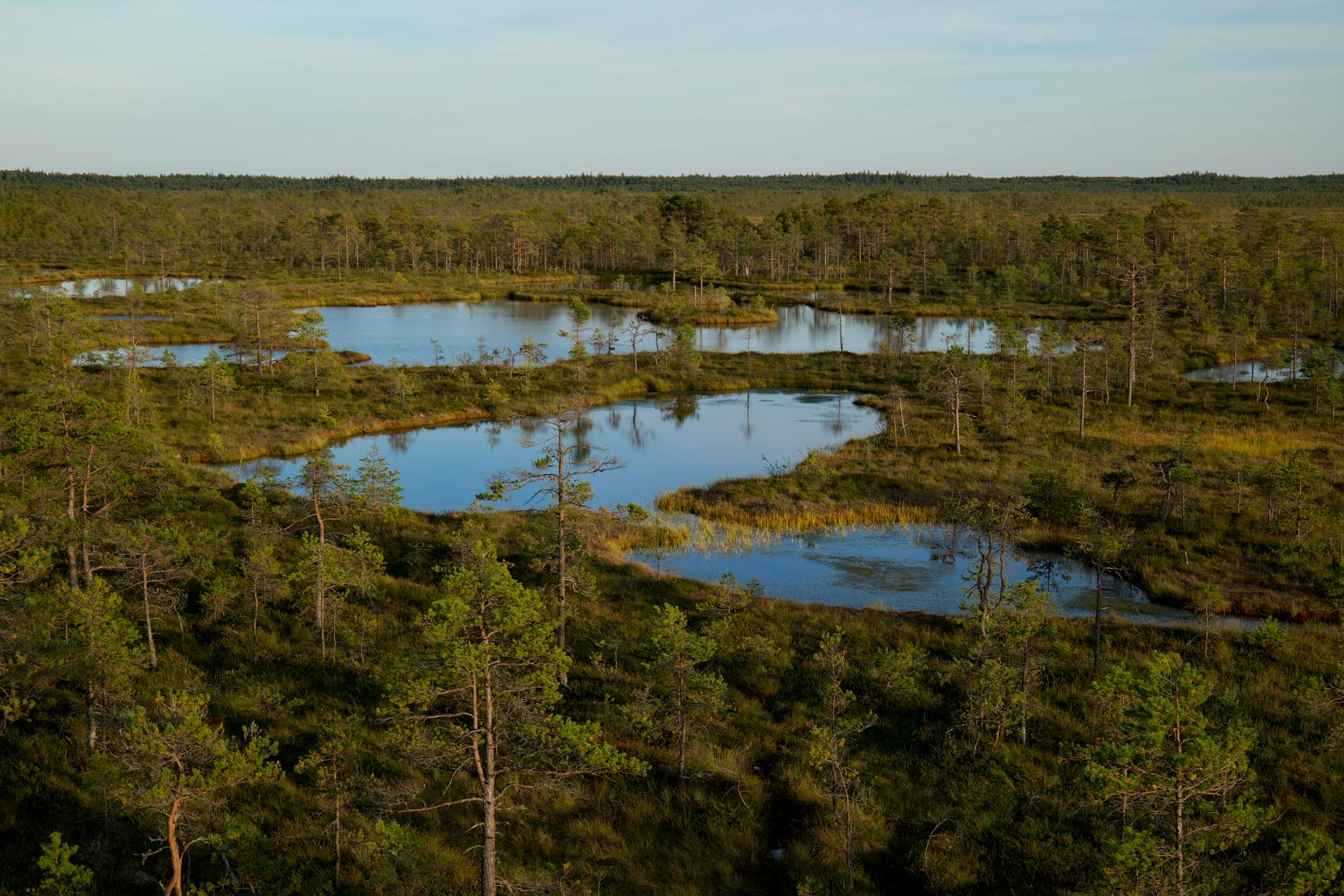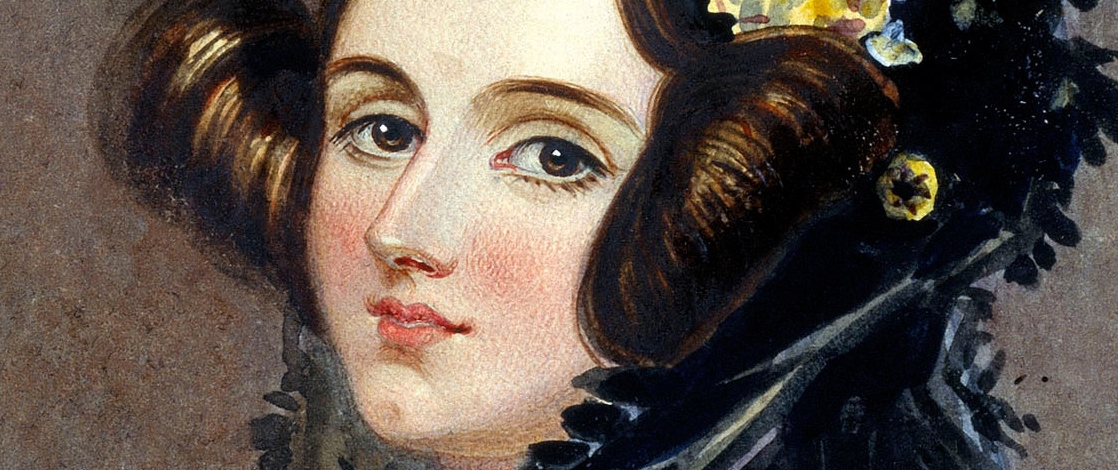On the 11th of December, European Commission (EC) President, Ursula Von der Leyen, outlined the new European Green Deal (EGD) proposal just as the COP25 in Paris was showing the signs of becoming a missed opportunity for effective climate action. The EGD package aims to couple economic growth and increased wellbeing with care for the environment. It identifies an opportunity for economic growth and increased social welfare in the current climate challenge.
[This] is our new growth strategy, for a growth that gives back more than it takes away. It shows how to transform our way of living and working, of producing and consuming, so that we live healthier [lives] and make our businesses innovate. We will help our economy to be a global leader by moving first and moving fast.
Ursula Von der Leyen, European Commission President
Over the last few decades, the EU has been modernizing and transforming its economy. Between 1990 and 2018 greenhouse gas emissions fell by 23% just as the economy grew by 61%. However, if current policies are maintained they will only reduce greenhouse gas emissions by 60% by 2050. Too little too late according to climate science and the requirements set out by the Paris Agreement, which demands more ambitious climate action in the coming decade.
But, how does the EGD intend to capitalize on the low carbon transition enshrined in the Paris Agreement? First and foremost, it aims to provide a “European Climate Law” that can become one of the most innovative legal regimes in the history of environmental law, and thus lay the legal foundations for the first climate-neutral continent. The EGD is the first step in this direction and outlines what the EC believes should enter EU law and policy when it proposes the full European “Climate Law” in March 2020.

Climate neutrality by 2050
One of the most significant objectives enshrined in the EGD regards reaching climate neutrality by 2050. To get there it outlines a new set of emissions reductions targets for 2030 (at around 50-55%) and net-zero carbon emissions by 2050. The means and benefits of achieving these objectives will be countless, with particular gains in the fields of pollution, affordable and clean energy, smarter transport, and high-quality food.
Significantly the EU has chosen to shift its area of focus when addressing carbon emissions and pollution. It has expanded on traditional sectors such as recycling and started to address production. This implies an emphasis on tackling issues upstream, at the design and manufacturing stages. Whereas in the past a lot of effort was placed on recycling targets, the EGD seeks to set specific standards on the manufacturing of goods, with an aim to establish a circular economy that tackles problems before they are created and therefore generating positive feedback loops.
It takes 25 years – a generation – to transform an industrial sector and all the value chains. To be ready in 2050, decisions and actions need to be taken in the next five years.
European Green Deal
Sustainable Europe Investment Plan
For climate neutrality to be reached, the EC has indicated that it will require a massive increase in green investments. In fact, part of the deal involves the creation of a Sustainable Europe Investment Plan. Through a combination of dedicated financing and the improvement of enabling frameworks for green investments, the right breeding ground for green investments in sustainable projects will be created. Activating over one trillion in investments and empowering investors to make long term decisions on environmentally responsible projects in the European continent, as well as creating new capital flows, jobs, a cleaner environment and a better quality of life.
Just to reach the current 2030 climate and energy targets will require €260 billion in additional annual investments, representing about 1.5% of the 2018 GDP. The key to meeting these requisites is seen in the ability to leverage both public and private finance.
Of vital importance in this process is the European Investment Bank (EIB), which just recently decided, following months of intense negotiations and numerous delays, to overhaul their fossil fuel lending policy. In fact, on November 14th 2019, the EIB decided to cease issuing loans for projects aimed at coal, oil and natural gas infrastructure. Furthermore, funds that were previously being spent on fossil fuel-based projects will now be redirected towards “clean energy innovation, energy efficiency and renewables.” Under its new policy, the EIB will end all lending to fossil fuels within two years and align all funding decisions with the Paris climate accord. Another key step in Europe’s climate-neutral journey.
The EU bank has been Europe’s climate bank for many years. Today it has decided to make a quantum leap in its ambition. We will stop financing fossil fuels and we will launch the most ambitious climate investment strategy of any public financial institution anywhere.
EIB President Werner Hoyer
Overall, at least 25% of the EU’s long-term budget will have to be dedicated to climate action, with the EIB providing further support. To facilitate private sector participation in the green transition, the Commission will present a Green Financing Strategy in 2020, concentrating on a number of actions that draw in private sector investments by giving long-term signals that create incentives for direct financial and capital flows to green investments and avoid stranded assets.
The Just Transition Fund
A crucial part to the Sustainable Europe Investment Plan is the inclusion of a Just Transition Mechanism, and more specifically a Just Transition Fund, that is designed to leave no one behind. This is based on the understanding that, for Europe to achieve its climate neutrality goal, measures must be implemented in a fair and inclusive way that takes into consideration the different stages of low carbon development of member countries.
The Just Transition Mechanism aims to give those regions and sectors that are most affected by the transition (because they depend on fossil fuels or carbon-intensive processes) the right tools with which to implement the transition.
This is particularly important as a number of states, such as Poland, the Czech Republic, and Hungary, have already vocalized their concerns around the green targets being set out by the EC and have been reluctant to sign up to the 2030 and 2050 targets. As recognition of their different needs, the EC has promised €100bn to help finance the transition to a low-carbon economy. This will help compensate for the inevitable job losses that are an unavoidable consequence of decarbonizing Europe’s economy; the coal industry alone employs around 250,000 people, mainly in eastern Europe.
Other financial measures will include the expansion of carbon emissions pricing, something that is already in use in the EU with the EU Emissions Trading Scheme. The EGD plans to build on these via a carbon border adjustment mechanism – which amounts to a carbon border tax levied on imports from non-EU countries that have less strict climate policies. This will also help put pressure on other countries to follow suit.
From a proposal to an actual European Climate Law
The results of the Eurobarometer survey concerning the environmental attitudes of EU citizens reveal that there is widespread public support for environmental legislation. In fact, an overwhelming majority of Europeans believe environmental protection is important (95%), and almost 8 in 10 Europeans (77%) consider that environmental protection can also boost economic growth.
The European Green Deal capitalizes on these beliefs by providing a roadmap with actions that couples economic growth with environmental protection. Although it is still just a proposal, 2020 will be a vital moment in understanding just how many of the new policies and technical details can be ironed out. Within the next 100 days, the EC will present the first ‘European Climate Law’, which will be accompanied by a new Biodiversity Strategy for 2030, the new Industrial Strategy and Circular Economy Action Plan, the Farm to Fork Strategy for sustainable food and proposals for pollution-free Europe.
The European Green Deal launches a new growth strategy for the EU. It supports the transition of the EU to a fair and prosperous society that responds to the challenges posed by climate change and environmental degradation, improving the quality of life of current and future generations. The Commission invites the European Parliament and the European Council to endorse the European Green Deal and to give their full weight to the measures it contains
European Green Deal






